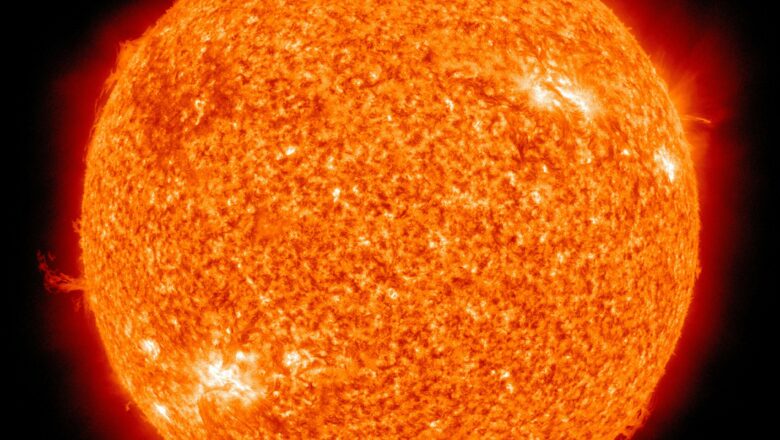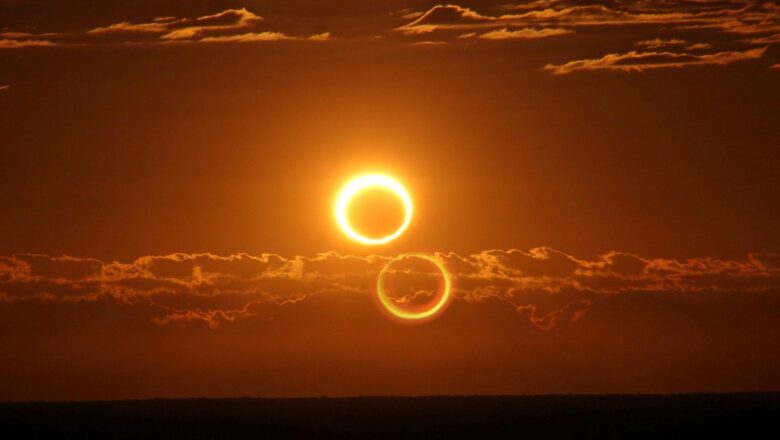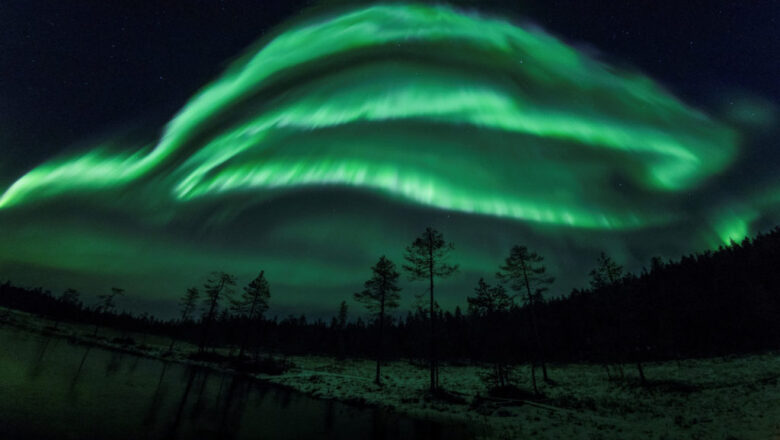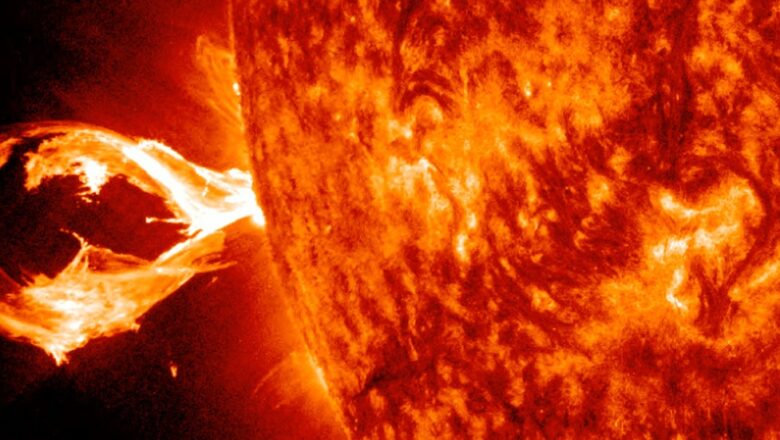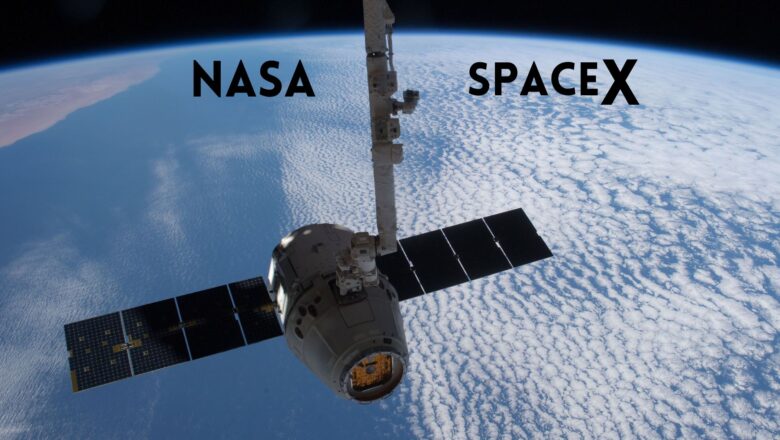
NASA and SpaceX Set 2025 Launch for Interstellar Mapping Probe and Two Other Heliophysics Missions
NASA and SpaceX have announced a revised launch schedule for the Interstellar Mapping and Acceleration Probe (IMAP), targeting no earlier than September 2025. The adjustment allows NASA additional preparation time for the spacecraft.
The IMAP mission is poised to explore the Sun's heliosphere a magnetic bubble that shields the solar system from interstellar particles. By sampling and mapping particles streaming toward Earth, the mission will offer critical insights into this protective boundary, which impacts space weather, human exploration, and even the existence of life in the universe.
Rideshare Missions to L1
IMAP will share its SpaceX Falcon 9 flight with two additional heliophysics observatories:
This mission will study Earth's geocorona, the ultraviolet-emitting outermo...

